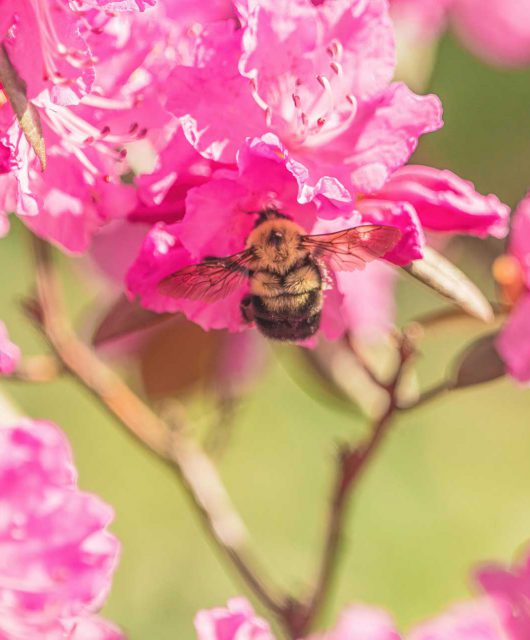Pacific Salmon are a keystone animal.
What exactly is a keystone species? A keystone species holds an ecosystem together. They are the glue that holds the health, function, and survival of other species in the ecosystem together, it maintains balance and supports biodiversity.
Pacific salmon exemplify this perfectly. Their influence extends far beyond being a bear’s favorite snack. Let’s dive downstream to discover why salmon are indispensable to their environments!

Nutrient cycling
Salmon spend much of their lives in the ocean before returning to freshwater streams and rivers to spawn. They migrate in the tens of thousands to hundreds of thousands! When they die after spawning, their decomposing bodies release essential nutrients like nitrogen, phosphorus, and carbon into these freshwater streams and rivers. These nutrients nourish algae and plants, forming the base of the aquatic food web.
Fertilization of terrestrial ecosystems
Bears, birds, and other predators transport salmon carcasses into the surrounding forest. Nutrients from the decomposing bodies significantly alter and enrich the soil, boosting plant growth and reproduction. This even results in wildflowers growing larger, more plentiful, and producing more seeds!
Critical food source for predators
Salmon are a critical food source for many predators such as Orcas, bears, eagles, otters, humans, and more. The abundance (or lack) of salmon can directly affect the health and population of these species and others.
Support for scavengers and decomposers
Scavengers and decomposers, such as wolves, insects and microorganisms, feast on salmon carcasses, contributing to the breakdown and recycling of organic material back into the terrestrial ecosystem.
Habitat formation through spawning
When salmon spawn, they create nests called redds in the stream bed. This activity aerates and distributes the gravel, maintaining a healthy habitat for other aquatic species by preventing sediment build-up and promoting water flow.
Indicator species
The health of salmon populations often reflects the overall health of their ecosystems. A decline in salmon numbers can signal broader environmental issues such as habitat degradation, barriers to spawning grounds, and climate change.
It’s no wonder Pacific Salmon are a keystone species with their impacts reaching far and wide. They’re truly the glue holding their ecosystems together, supporting an array of species from plants and invertebrates to large mammals and birds. Their presence is essential for maintaining the health of wildlife and ecosystems.
We need healthy salmon populations, the health of our wildlife and ecosystems depends on it.


